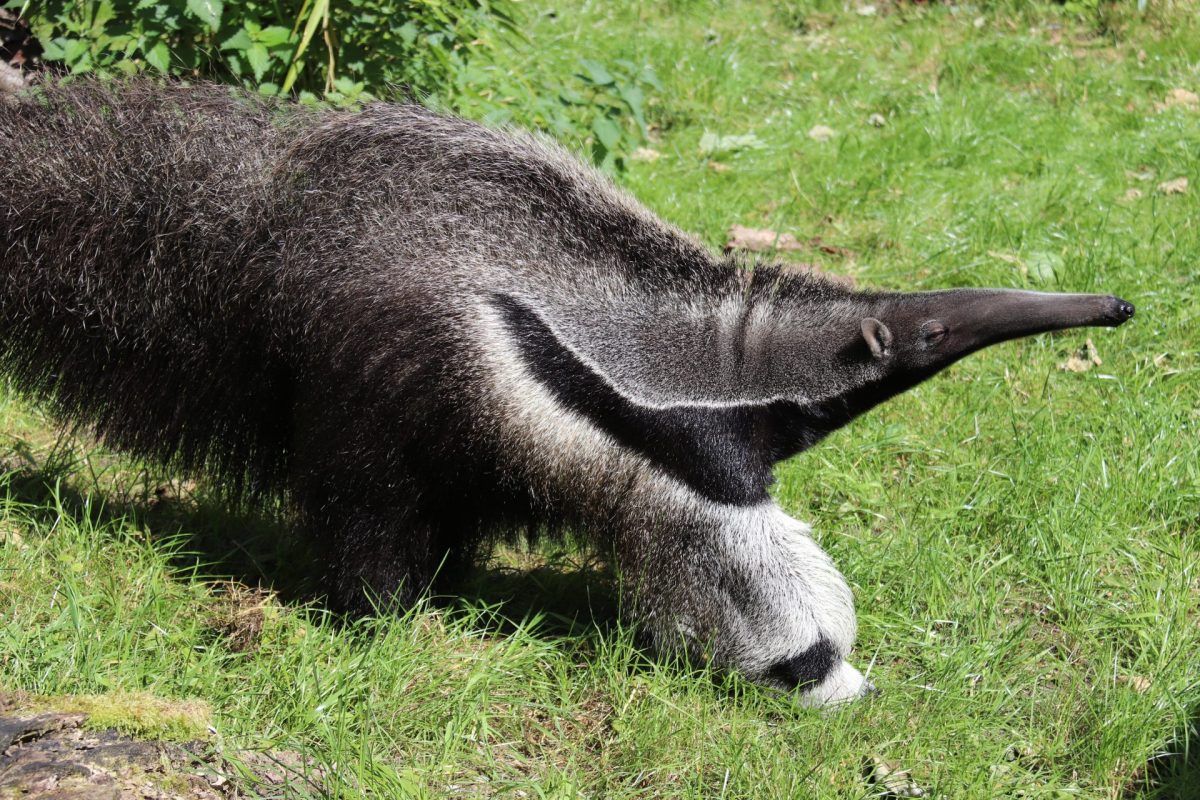Factfile
Where they live
Central and South America
Habitat
Tropical and dry forests, savannas, and open grasslands
Size
1.8 - 2.2 m (adult)
Weight
27 – 41 kg (adult)
Lifespan
14 - 16 years in the wild
Threats
Loss of their grassland habitats due to fires.
Did you know...
- Anteaters are edentate animals— they have no teeth!
- Anteater’s long tongues are more than sufficient to lap up the 35,000 ants and termites they swallow whole each day.
- Their sight is very poor, so they find their food by smell rather than sight.
- The giant anteater’s claws are some four inches (ten centimeters) long, and they can even fight off a puma or jaguar.
More about anteaters...
Anteaters are found in Central and South America, where they prefer tropical forests and grasslands. There are four different species which vary greatly in size. The silky anteater is the size of a squirrel, while the giant anteater can reach 7 feet (2.1 meters) long from the tip of its snout to the end of its tail.
Anteaters are generally solitary animals. Females have a single offspring once a year, which can sometimes be seen riding on its mother’s back.
They are not aggressive animals but they can be fierce.
A cornered anteater will rear up on its hind legs, using its tail for balance, and lash out with dangerous claws.
How you can help...
Adopt a Anteater (Giant)!
Help prevent animals from becoming extinct by adopting an animal, you'll be supporting our zoo too!
Gold Adoption
Help support our zoo with a Gold adoption package with an additional zoo admission ticket, and personalised message displayed outside your adopted animalʼs enclosure.
£55.00
Find out moreSilver Adoption
Help support our zoo with a Silver adoption package it includes an adoption certificate, a zoo admission ticket and lots of zoo treats!
£41.50
Find out more











